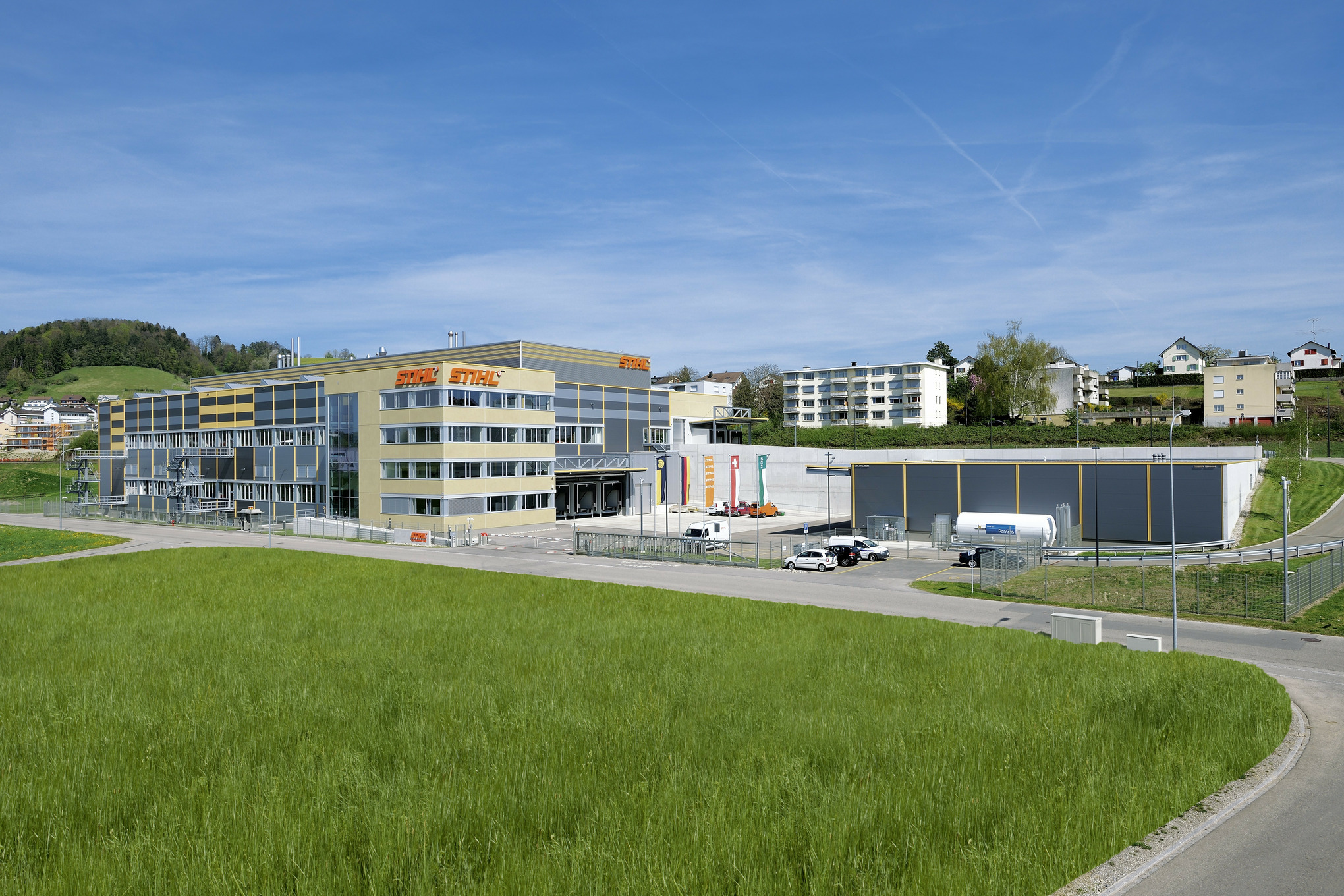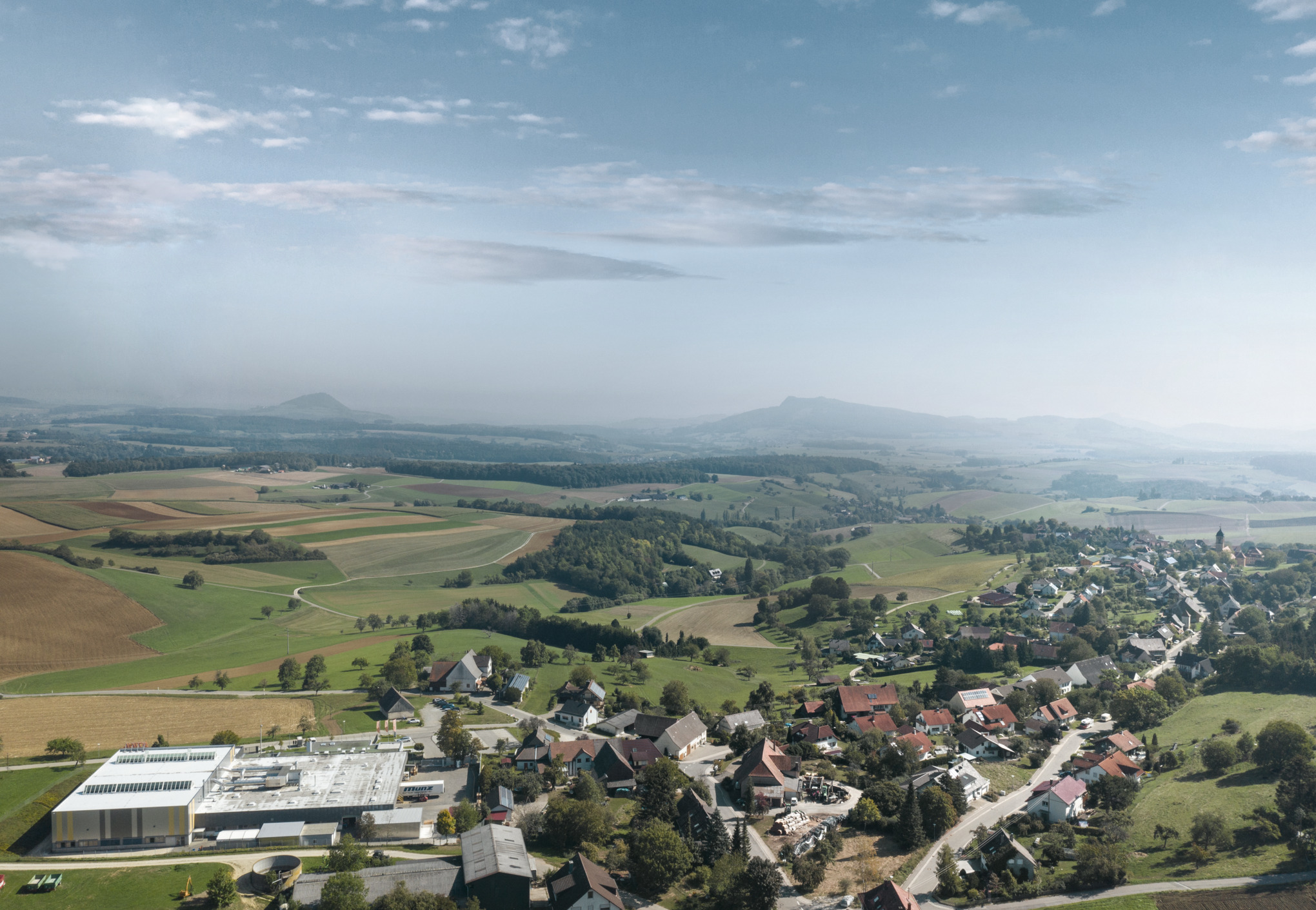A great deal of energy is required for the various production and assembly processes in the STIHL chain plant. This means that, even ten years ago, there was already a drive to save energy and carbon emissions with targeted and structured measures. And it has been successful.

ONE STEP AT A TIME
Numerous energy-intensive processes are required in the manufacture of saw chains. To achieve targeted energy savings, the first step was to determine where and to what extent energy is consumed in the production processes. To achieve this, an already-installed energy monitoring system was extensively developed and all consumers – around 500 measuring points – were connected to it.
It was then possible to identify many potential savings from the detailed analyses produced. These were appropriately evaluated, clarified by means of action plans, and then promptly implemented. Now, for example, it has been a decade since centralized adjustment options started facilitating significantly reduced energy consumption by all building ventilation systems through the use of time-controlled programs: “Today adjustment options such as these are a matter of course.”

EVERYONE PLAYS A PART
One important, significant step in reducing natural gas consumption was the use of waste compressor heat for building heating. A well-established energy-saving measure is to convert production hall lighting to LED technology. “This step has been gradually implemented over recent years and has resulted in significant overall savings in terms of power consumption – as have many process optimizations at a detailed level,” explains Joachim Zappe, Managing Director of the STIHL chain plant.
Implementing effective energy-saving measures requires a lot of knowledge and often comes with additional challenges. For example, a willingness to change existing internal processes and mindsets is a key component for the long-term success of energy-saving projects. To ensure that the energy-related targets succeed in the long term, a process has been established at the STIHL chain plant in which, twice a year, the management team, departmental managers and project managers consult on this topic together.

A positive balance sheet
Key figures can also be used to track how individual steps specifically impact energy consumption over the longer term. The energy balance sheet in Wil is impressively in the black: The chain plant has saved 15% electricity and more than 30% gas per chain roller over the past ten years. In total, more than 70 energy-saving measures have been successfully implemented. But we don’t want to rest on our laurels: “We have initiated a number of other promising projects – fueled by what we have achieved and now also because of the global energy crisis. The aim is to further expand waste heat utilization and power generation through photovoltaics over the next two years, and to further reduce natural gas consumption during the hardening process,” explains Roy Baumann, Project Manager for Energy at the STIHL chain plant.


